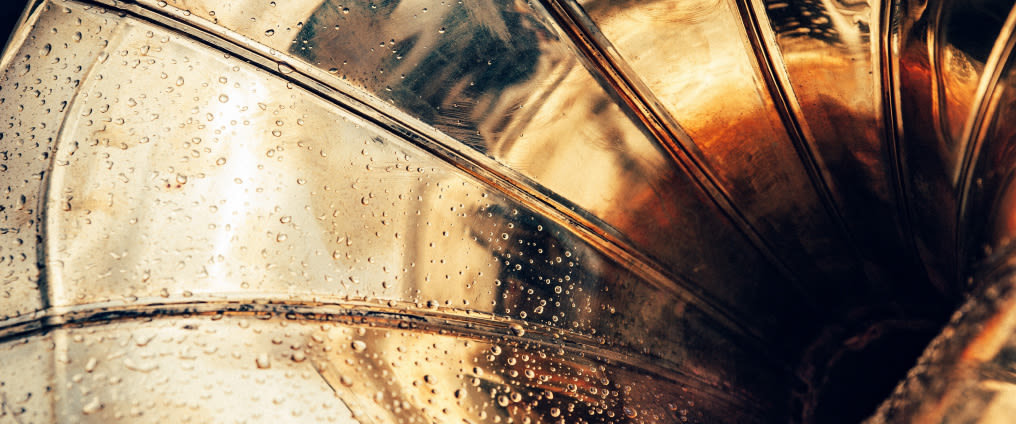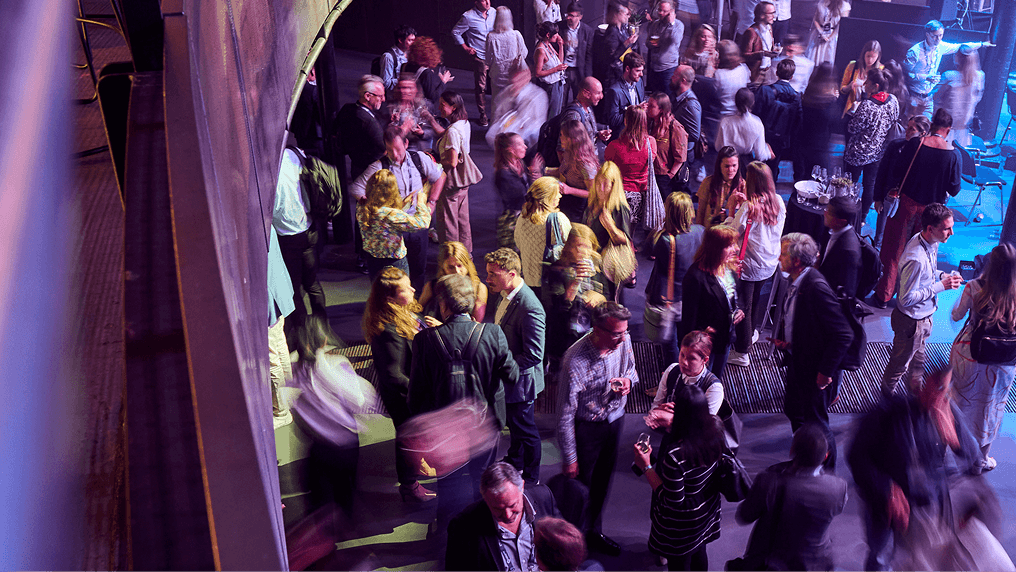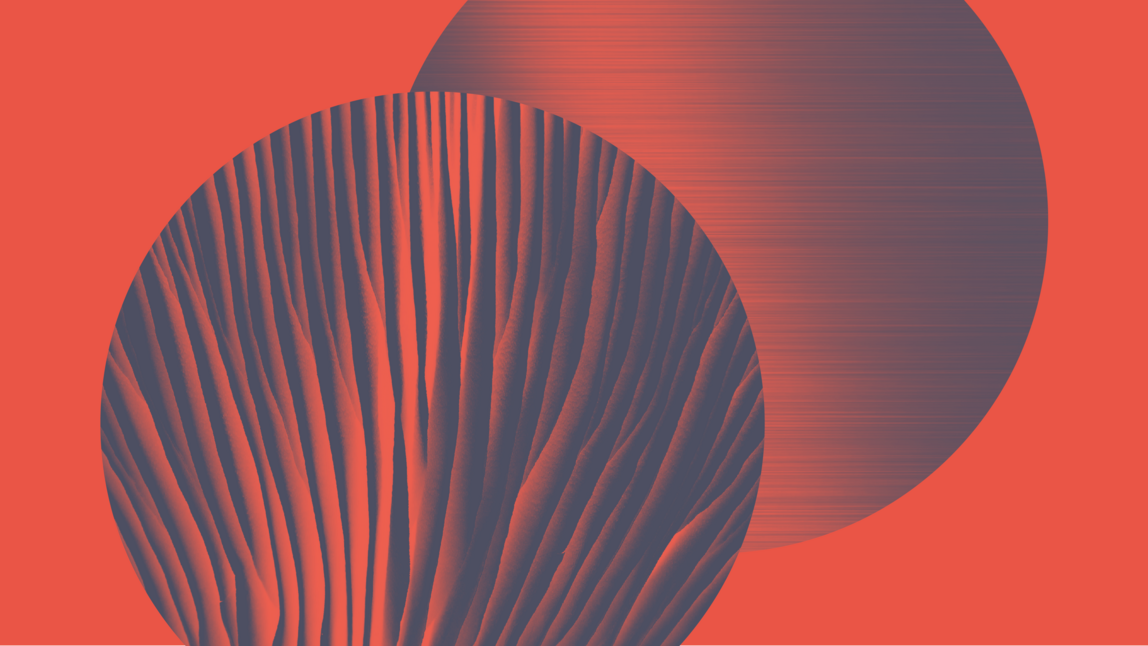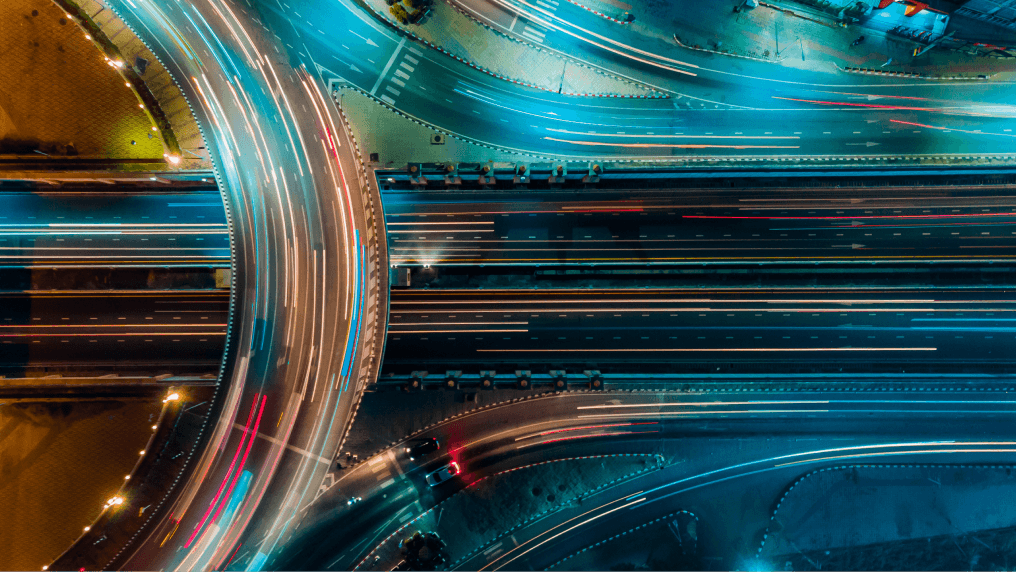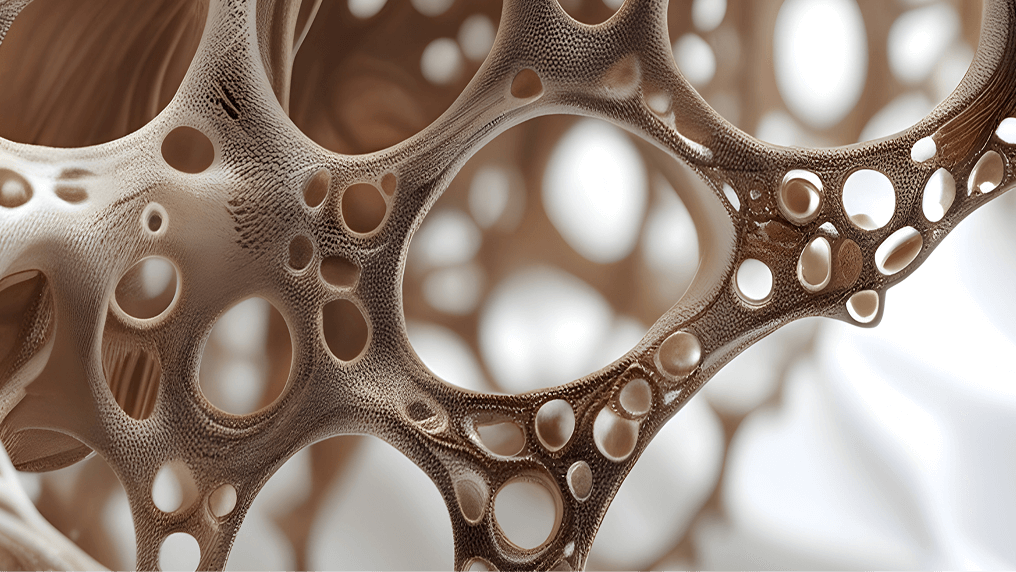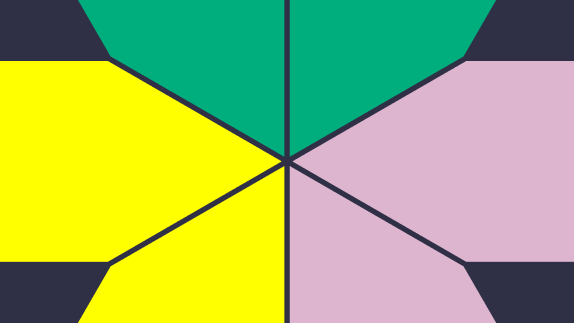Luxurious, high-quality, handcrafted design, built to last, and made to be made again — created using scrap from your local landfill. Doesn’t exactly sound like your traditional premium-product description, does it? Yet, in the not-too-distant future, it might be just that.
One of the core goals of a circular economycircular economyA systems solution framework that tackles global challenges like climate change, biodiversity loss, waste, and pollution. It is based on three principles, driven by design: eliminate waste and pollution, circulate products and materials (at their highest value), and regenerate nature. is to eliminate waste generation and stop materials from ending up in landfill or being incinerated. This is a task carried out in two different ways. In the medium to long term, we need to, and will, design our way out of the problem from its root by making sure that new products are made and used in ways that prevent them from ever becoming waste. But first — right here and now — we have to find smart ways to make use of the immense amount of waste we have already generated and will most likely continue to create in the transition period to a circular economy. How many of the products you own now, for example, will end up as waste within the next ten years?
The challenge here is to carry out the two tasks at once: to address the problem of waste in the short term — with waste-to-resource innovations that will be used for a long time and can be reused, remanufactured, or recycled — without forgetting the long-term goal of designing out waste from the start. Most importantly, we must not repeat the mistakes of the past by getting stuck in a temporary solution where the financial incentives connected to production and management of waste slow us down.
Learning from Danish design
In the late 1940s, when the world was recovering from the second world war and busy with rebuilding our cities, businesses, and society, the likes of Finn Juhl, Hans J. Wegner, and Børge Mogensen made their best and most treasured pieces of furniture. Today, Danish design is globally renowned for its high quality of both materials, craftsmanship, and aesthetics. But it was in the post-war years that the Danish design industry — as well as the global design industry — really did thrive, creating iconic designs we still revere today.
Most of the designs from that time have never become waste. Quite the opposite. Due to their use of high quality materials and their timeless look, the pieces are still in use, passed down from generation to generation, and even bought and sold at higher prices than when they were first produced. They are a clear example of how desirability and creativity can lead to business that thrives in a post-crisis environment.
Recently, one of the last traditional cabinetmakers and a true craftsman of the post-war period, Ejner Pedersen, passed away. He was responsible for bringing many of Hans J. Wegner and Poul Kjærholm’s designs to the world and will be remembered for having said: “I usually say we make free furniture. If you give so much money for a chair today, then in many years — when you’re done using it — you will be able to sell it for the same.”
For him, it was not a matter of designing for circular economy. It was a matter of quality — of both material and design. Making sure that it would stand the test of time and still function well and be aesthetically appealing many years later.
Good design thus has durabilitydurabilityThe ability of a product, component or material to remain functional and relevant when used as intended. at its core because design is deliberate. There is an inherent value in the design process due to the choices we actively make. A colour, an object, a specific shape — our decisions are never random but always thought through, made with both eyes open, and by questioning the status quo. Therefore, design is functionality. It enables intentionality. It is design that enables us to change the rules of the game in order to create a regenerative society for all to thrive in.
Looking to design for solutions is nothing new. It has always been our, as well as other organisms’, go-to strategy for survival. Just visit (or revisit) Biomimicry: Innovation Inspired by Nature, the great book by Janine Benyus, in which she describes how humans have copied nature’s models to solve problems in our industrialised world. Or consider Buckminster Fuller’s description of a designer as “an emerging synthesis of artist, inventor, mechanic, objective economist and evolutionary strategist.”
In essence, design enables us to create the future we want. It opens our world and gives us the ability to question our choices, constraints, and previous beliefs and perspectives. Design allows us to view the world through different lenses, seeing opportunity where once we would only have seen obstacles.
The designer’s role in the 21st century
The involvement of design in how we fundamentally shape our world does not happen automatically. With the rise of industrialisation, the development phases of an object — whether a teacup, a spaceship or a school building — are often left to financial analysts, real-estate developers, and engineers, while design often comes either way too late in the process, to make the object look better, or as part of the initial phase only to be discarded later in the process. From a circular economy perspective, though, design and architecture are themselves solutions to grand global challenges, and they should be an integral part of the entire value chain.
But that also implies a big responsibility for designers as they must take action to make themselves relevant. It is crucial that designers start taking responsibility not only for implementing their designs, but for actually succeeding in making those designs beautiful, functional, affordable, and environmentally relevant for the future.
In a sense, that means going ‘old school’ and seeing the value in the intentionality as well as the sense of artistry that lies in the design. When we do that, even a small building or object can contain the solution that the world is looking for. Therefore, it should only be natural to start questioning our own choices, especially when it comes to geopolitical and global challenges, giving them greater impact and value.
Designing out waste
This article focuses primarily on materials circulation. But this is just one part of the puzzle in the circular economy transition. In a truly circular economy, waste and pollution are eliminated in the first place. That means that we need to look not just at designing our products differently but our business models and services as well. Before recycling materials, we can design systems for reusereuseThe repeated use of a product or component for its intended purpose without significant modification. — through models such as rental, subscription, and reselling — and can establish repairrepairOperation by which a faulty or broken product or component is returned back to a usable state to fulfil its intended use. and remanufacturing operations. We can employ design to make sure these models work for businesses, people, and the environment.
Alongside this, we need to consider how we design things — not just to be made, but also to be disassembled, recycled and remade. In Denmark, we see multinationals such as LEGO, Carlsberg, Danfoss, and Novo Nordisk starting to explore this idea. Pharmaceutical company Novo Nordisk, for example, has a Circular for zero strategy that emphasises the importance of circular economy to reduce greenhouse gas emissions, as set out in the Ellen MacArthur Foundation’s ‘Completing the Picture: How the Circular Economy Tackles Climate Change’ report. In the strategy, one of Novo Nordisk’s “three ways to get to zero” is to redesign existing and forthcoming products, looking into what raw materials are going into them, how they are assembled (and disassembled), and what measures they must take to ensure that materials can be collected and recycled into new products. Because, of course, when designing new products with previously used materials we must be mindful of the new product’s ability to be disassembled and used again.
Designing with waste
Starting with this premise is also important when thinking about how we might design with the waste that has already been created. This waste can be used as a resource.
Copenhagen’s new urban development, Ørestad, is the location for a residential project The Resource Community where the buildings will be made from local resources that would normally have been considered waste. Due to circular design and skilled local workers, the inherent value of this so-called waste is being reactivated and transformed into high-quality and valuable building materials without compromising on price, quality, or aesthetics. As a result, minimal new materials are needed, transport needs are limited, and CO2 emissions during construction and embedded in the materials are reduced.
One example is the wood reused both for facades and interior. Throughout Copenhagen, the public-transportation system is expanding, making metropolitan travel even more efficient. In the making of the new subway tunnels, nine-hundred tons of larch wood was used in the transportation and construction of concrete elements. Once at its destination, the wood was no longer needed. Within no time it went from being high-quality material to end-of-use waste, which the Metro company normally would have had to pay to get rid of.
Luckily, instead of being burned in a waste-to-heat process, which is not part of a circular economy, the wood was used to build beautiful facades, terraces, floors and balconies at the Resource Community, serving middle-class families of Copenhagen at a median price point.
Another example from The Resource Community is the reuse of bricks from the old headquarters of the Danish brewery Carlsberg. Instead of demolishing the 19th-century building in the traditional way, a method was created for cutting out the brick-wall in large elements and re-installing them as facades in a patch work of various brick colours.
The same thing has been done in many other projects in Denmark with concrete, post-consumer textiles, car tires, plastic bottles, old windows, racing sails, corks, newspapers, aluminium, glass, bricks — and the list just keeps growing.
Just imagine the possibilities if we combined our global efforts and start working together across industries and geographies, and design in a way that accelerates and scales the journey towards regenerative products, buildings, and cities in harmony with nature?
How to design for a circular economy?
From our hands-on experience with turning waste back to resources by designing new products and buildings, I have deduced a few guiding stars that have helped us along the way. I hope they can be of use to you as well.
First, we look to our planetary boundaries as a positive creative constraint. Rather than seeing them as a burden or an excuse for compromising on qualities and values, we see them as an opportunity to reach for the stars and make our designs even better. Design allows us to view the world through different glasses, seeing opportunity where once we would have seen obstacles. Therefore, it should only be natural to start questioning our own choices. When doing so, we can be inspired by the craftsmanship of Danish design. We take our time to care. Care about the quality of both materials, craftsmanship, and aesthetics to ensure the designs stand the test of time.
Second, and this is where it gets even more tricky, we think of the end as the beginning. What do I mean by that? We consider what will happen to the design once it has been made and used. We think about how it needs to be put together so that the materials never become waste. Use what is available and trust that you have the capabilities to make it into good design. What is considered waste in one industry is often of great use in another. We must get better at cross industry collaboration to share our resources and ensure they are recirculated at the highest value possible. In that sense, one man’s trash is truly another woman’s treasure.
Third and last; more than anything it matters that we use design to act. To make a difference, because essentially design is about changing the world for the better. To quote Professor Stephen Hawking: “Remember to look up at the stars and not down on your feet. Try to make sense of what you see and wonder about what makes the universe exist. Be curious. And however difficult life may seem, there is always something you can do, and succeed at. It matters that you don’t just give up.”
Ditte Lysgaard Vind is a renowned circular economy and design expert, author of A changemaker’s guide to the future, a managing partner of Lendager The Circular Way — a strategic innovation hub — and a board member of The Royal Danish Academy of Fine Arts Schools of Architecture, Design and Conservation and The Danish Design Council.
